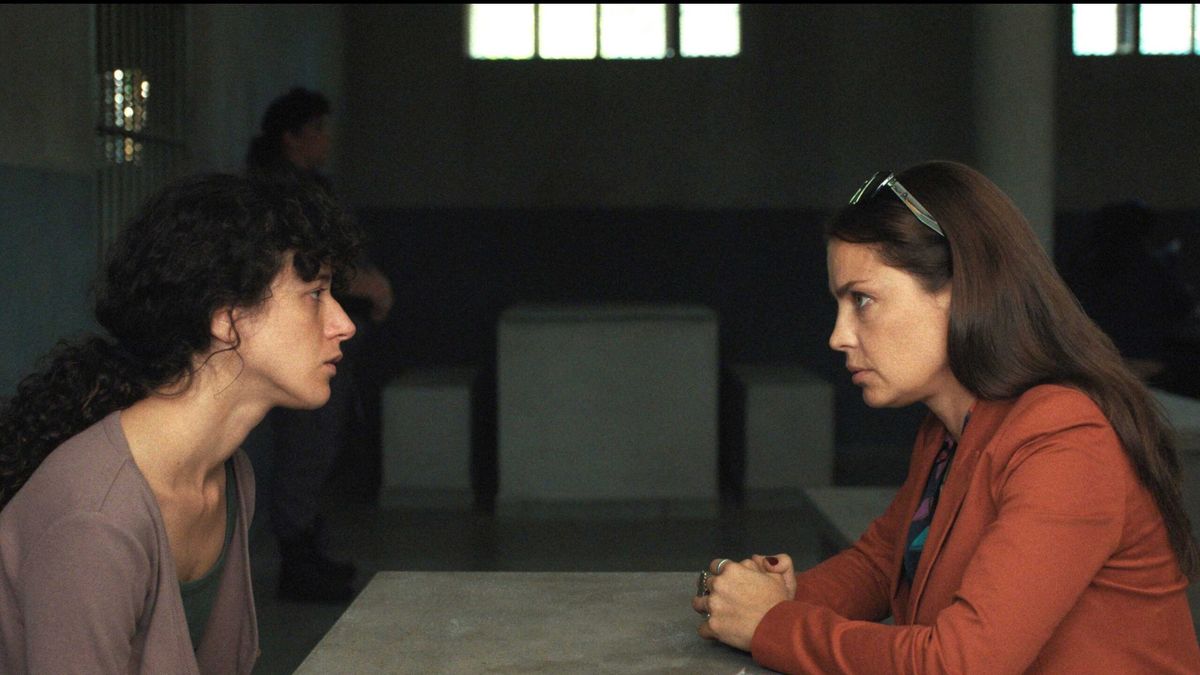The creativity of Argentines produced advances that changed entire industries. From medicine to transportation, these ideas not only improved the quality of life but also contributed to the country’s economic growth. Below, we present the 10 Argentine inventions that left a deep mark.
Metrobus Buses Sube Public Transport
Without a doubt, the collective is one of the inventions that since its creation has generated millions and improved the lives of thousands of people throughout the country.
Ignacio Petunchi
Top 10 inventions created in Argentina
1. Fingerprint identification
In 1891, the Croatian nationalized Argentine Juan Vucetich revolutionized the field of criminology by implementing the first fingerprint identification system. This system, developed in the province of Buenos Aireswas initially tested with 23 defendants, and soon became the most accurate method in the world for identifying people. In 1905, the Capital Police officially adopted the system, and years later, it was recognized globally.
Fingerprint identification continues to be used today, consolidating Vucetich as a pioneer in security and police control. His method allowed countless cases to be solved, and continues to be one of the fundamental tools in the fight against crime worldwide.
2. The first animated feature film
In 1917, the Italian-Argentine Quirino Cristiani created The Apostle, the first animated feature film in history, a political satire that used articulated cardboard figures. Although this achievement was overshadowed by the popularity of Walt Disney, Cristiani was a pioneer in the field of animation, laying the foundation for what would later become a multi-billion dollar industry.
Cristiani’s contribution to cinema was so innovative that in 1931 he also created the first animated sound film, Peludópolis. Although much of his work was lost in fires, his legacy lives on as one of cinema’s great innovators.
3. The collective
Public transportation would not be the same without the bus, a 100% Argentine invention. In 1928, a group of Buenos Aires taxi drivers, facing a lack of customers, decided to share their cars with several passengers at a lower price. Thus was born the “self-collective”which soon expanded throughout Buenos Aires, connecting the neighborhoods with the center.
This simple but ingenious system became an emblem of urban transportation in Argentina and around the world. Today, buses are an essential part of the daily lives of millions of people, marking a before and after in mobility.
4. Coronary bypass
He Dr. René Favaloro changed the history of medicine in 1967 by developing coronary bypass, a surgical technique that saves lives by “bypassing” blockages in the arteries of the heart. This revolutionary intervention, which uses veins from other parts of the body to improve blood flow, It is today a standard procedure throughout the world.
Favaloro’s legacy does not stop at his technique: his passion for medicine and teaching also drove the creation of the Favaloro Foundationan international reference center in cardiology.
5. Silobag
Although originally developed in Canada to store forage, the Argentine Cristiano Casini transformed this invention into a solution for store grains in the humid pampas. The silobag allows you to store large quantities of crops, keeping them in optimal conditions for long periods. Adopted by the INTAthis technology revolutionized the agricultural sector in Argentina and in the world.
The economic impact of the silobag is immense, since it allows producers to store and market their grains in better conditions, improving the efficiency of the sector and generating millions in exports.
6. Galli Mainini method for pregnancy diagnosis
In the 1940s, the Argentine doctor Carlos Galli Mainini He discovered that by injecting the urine of a pregnant woman into male toads, a reaction was produced that confirmed pregnancy. This method was widely used in Latin America until it was replaced by more modern immunological tests in the 1960s.
Although it may seem archaic today, Galli Mainini’s method was an incredible advance in its time, allowing accurate and economical diagnoses, especially in rural areas and with few resources.
7. The artificial heart of Domingo Liotta
Dr. Domingo Liotta was the creator of the first implantable artificial hearta medical milestone that marked a before and after in cardiovascular surgery. In 1969, this invention was used on a patient in USA, paving the way for future research and development in artificial organs.
Thanks to his work, Liotta became a world reference in medicine. His invention saved thousands of lives and continues to inspire advances in medical technology.
8. The pen
Ladislao Biró revolutionized the world of writing with his famous pen, popularly known as “pen“. In 1938, together with his brother, he developed a prototype that allowed writing without the complications of traditional pens. This simple but effective invention changed the way the world writes.
Today, millions of people use pens daily, and the simplicity of their design remains their greatest strength. Biró not only made writing easier, but created a million-dollar business that persists today.
9. Traffic light for the blind
The traffic light for the blind, developed in 1989 by the Argentine Mario Dávila, introduced a crucial innovation for urban mobility. This device includes audible signals and braille displays that allow blind people to cross streets more safely.
Installed for the first time in Buenos Aires, this invention is an example of how an Argentine invention improves the quality of life in cities around the world.
10. Seamless Soccer Ball
At the 1978 World Cup, Argentina presented the world with the first seamless soccer ball, manufactured with an innovative method that eliminated traditional seams. This improved the durability and accuracy of the ball, becoming the standard for international tournaments.
This invention reflected Argentine ingenuity in a sport that is almost a religion in the country. The ball remains a symbol of innovation and passion.
Source: Ambito
David William is a talented author who has made a name for himself in the world of writing. He is a professional author who writes on a wide range of topics, from general interest to opinion news. David is currently working as a writer at 24 hours worlds where he brings his unique perspective and in-depth research to his articles, making them both informative and engaging.




